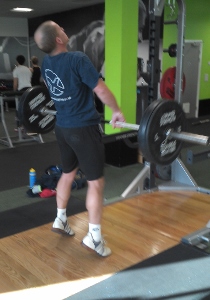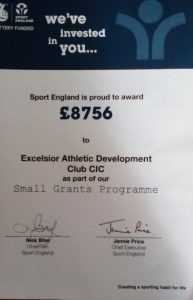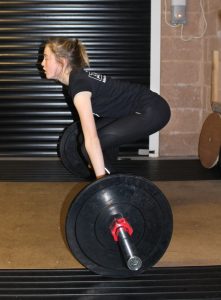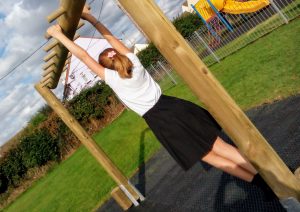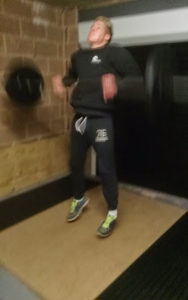Coaching at a weightlifting competition
Leave a CommentThree things I had in mind to help the weightlifters
Last weekend I coached three of our club weightlifters at the Wild Boar Tier 3 event: Gabby, Will and Chris. This was their first competition outside of the club.
Whilst every ‘S&C coach’ does ‘Olympic Lifts’ they do not coach the lifts in competition. There are big differences between training in the gym and competing. Coaching at a competition requires a different skill set and this needs to be practised and improved.
Here are the three key things I had in mind this weekend:
1; A happy lifter is a good lifter.
I am strict on form, technique and standards when training. I critique and show/ explain corrections to help the lifters improve. They work hard and we have less rest than is ideal in order to maximise the limited time we have.
But on competition day, when the lifters were a bag of nerves, my job was to reassure and encourage rather than critique.
I gave one or two technical points as a reminder, Chris tends to lean forward from the clean, so ‘Chest Up’ is a cue we use. Gabby and Will needed to get their butterflies flying in formation, so ‘breathe’ or ‘smooth’ were the cue words.
The rest of the time we chatted about non-weightlifting things, to try and put them at their ease.
2: Remove all obstacles from their path.
The lifters’ minds were full of jumping frogs. They need to channel all that nervous energy into lifting the bar above their heads. My job is to do everything else for them so that they just walk weigh-in, warm-up, walk out and lift.
I can’t make the weight for them, nor can I lift for them (heaven forbid) but I can organise the warm-up, load the weights, remind them to drink and eat and let them know the start times.
I had to estimate the start times for each of the lifters. Will should have been the easiest because he was lifting the least in his group (he is under-17 youth but was put in the men’s category). However, I got him warmed up, there were two minutes left on the timer, and the software system failed! It was an additional 12 minutes until Will went out. Luckily, he is young and fit, so I dropped the weights and we could do a couple more single loads.
Gabby was lifting towards the end of her group which meant delaying her warm-up even though everyone around her had started. Counting the lifts, working out how many were going and then timing the warm-up accordingly is a key part of competition coaching. We got this right.
Chris was somewhere in the middle of a large group (14 lifters). He had Covid two weeks ago and I was more concerned with his overall energy and recovery levels. I thought he had 6 big lifts in him but no more.
We couldn’t afford to have him do an extra single or go too heavy in the warm-up. We revised the target that we had and aimed for a happy 6/6. We got the warm-up right, and he lifted well.
Because it was a huge group, I took him outside for a sandwich and a chat in the fresh air. This 10 minutes interlude helped him recover physically and mentally.
3. Know the rules.
At the weigh-in, the lifter has to give their opening total. They are allowed to make two changes in each lift but that can not be more than 20kg above/below what they tell the Technical Official at the weigh-in.
There is a 2-minute rest between lifts if a lifter follows themselves and a 1-minute rest if they follow on from someone else.
Extra rest can be gained by changing the totals slightly: the clock is stopped while the loaders make the change.
I made full use of all these rules to gain extra rest for our lifters. I knew Chris would need the rest between the clean and jerk: they are very tiring. I also used them to get other lifters to go earlier than expected. You can get too clever by half here, but we had a plan, and we worked the plan. I did a lot of to-ing and fro-ing, keeping an eye on the timers and the loads.
Knowing the rules helped me manage the clock and give our lifters the best chance possible to achieve their totals.
That left them with the simple (not so simple!) job of lifting the bar above their head.
Summary
We had three happy lifters who enjoyed their first Tier 3 competition. Gabby won, and Chris came second in their groups: we weren’t in control of what other people lifted, but Gabby, Will and Chris all lifted well.
Well done to them. The smiles were worth it.


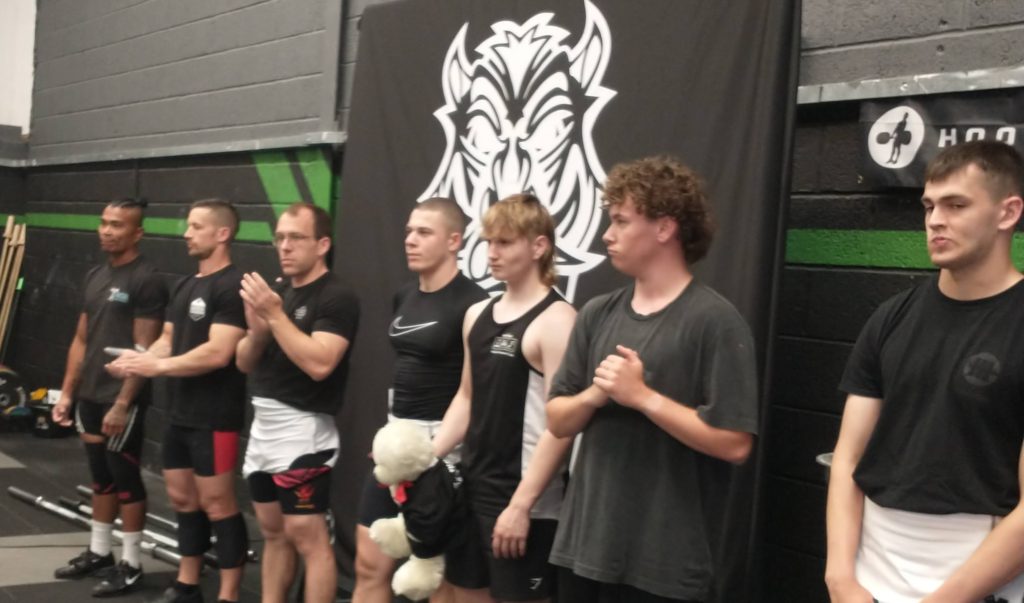
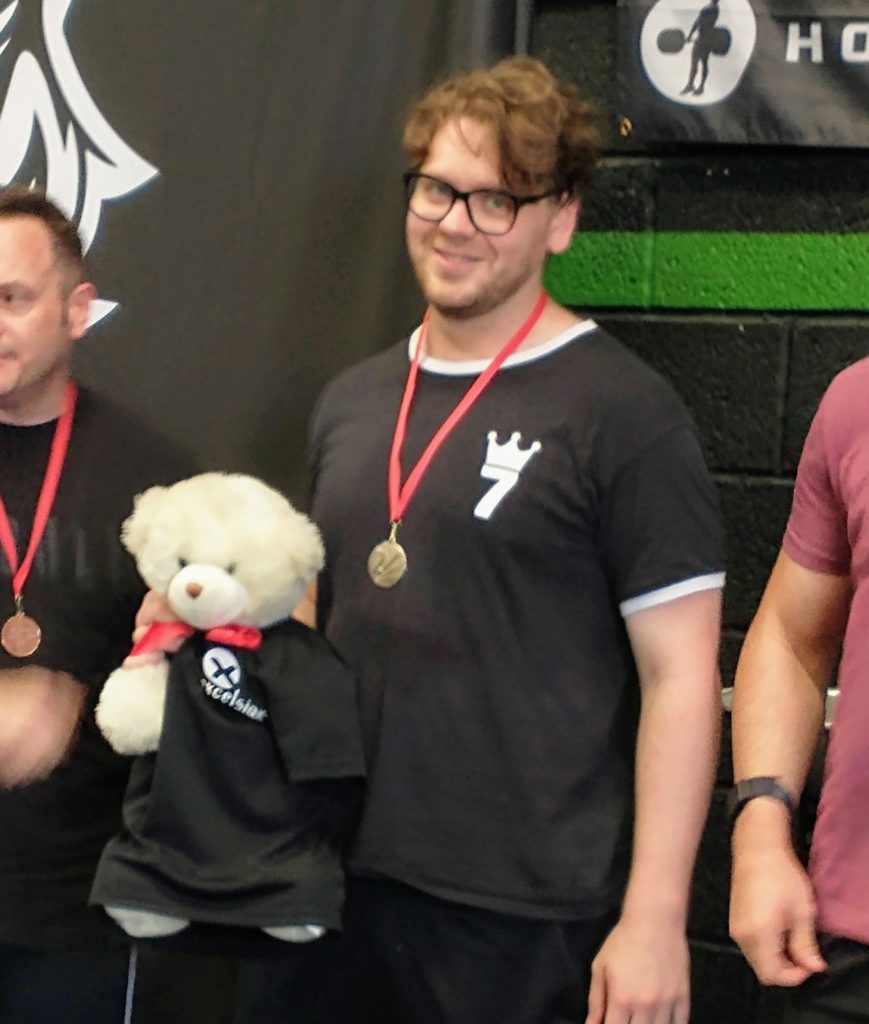
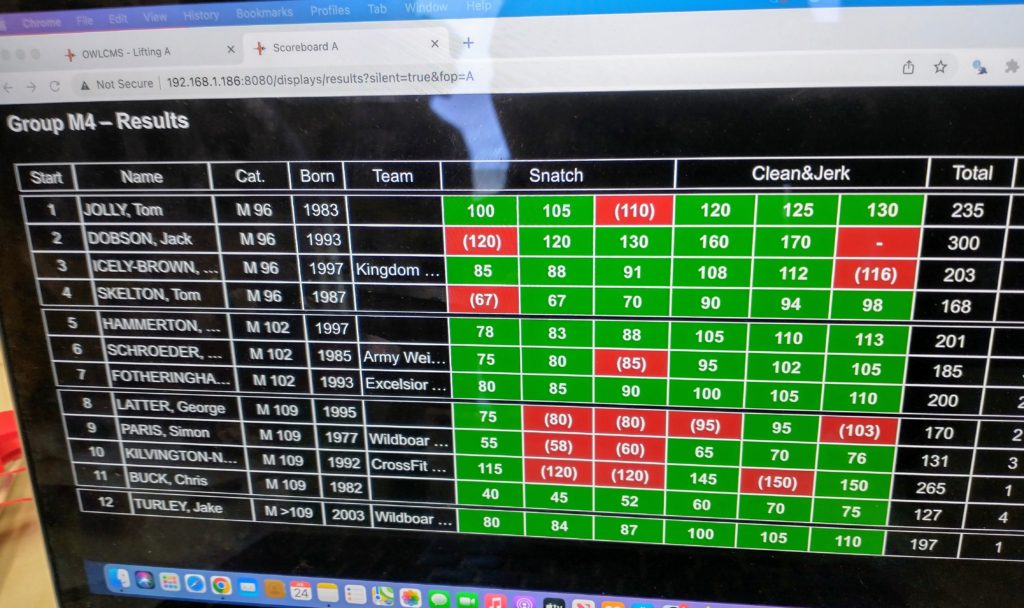

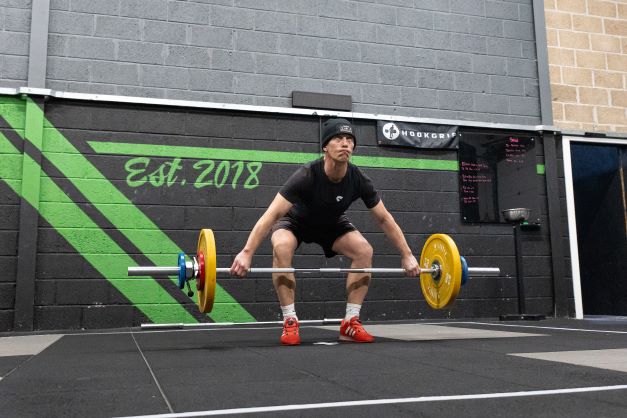
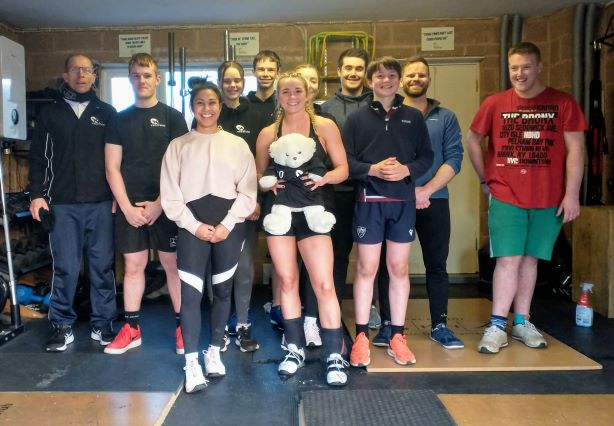

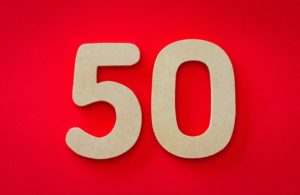
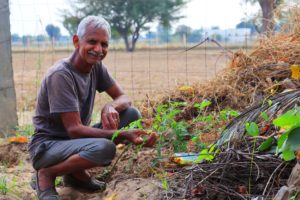
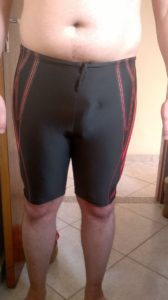

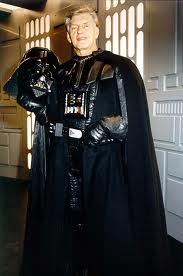
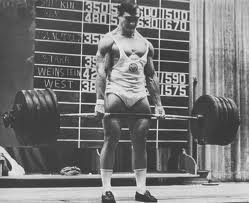



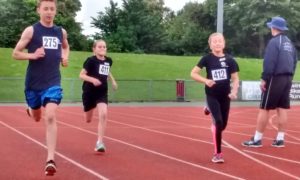
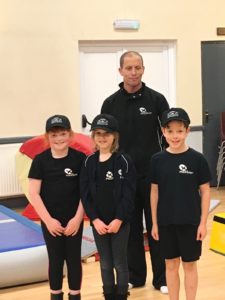
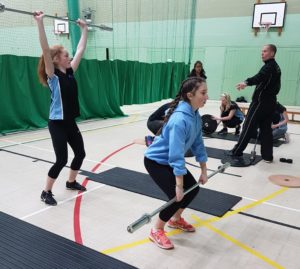
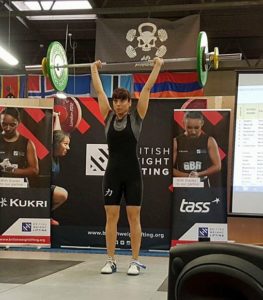
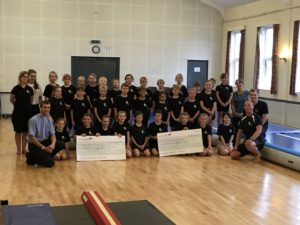
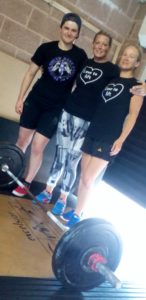
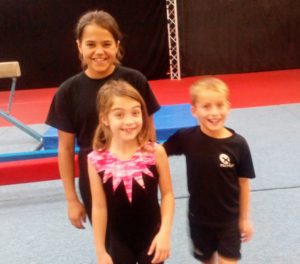

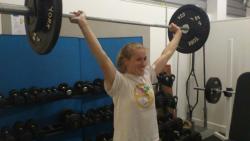 In my opinion it is always easier to teach the Power Snatch first, the pulling phase is the same as the Power Clean and the lift a little less problematic. (Becky Brown in pic).
In my opinion it is always easier to teach the Power Snatch first, the pulling phase is the same as the Power Clean and the lift a little less problematic. (Becky Brown in pic).